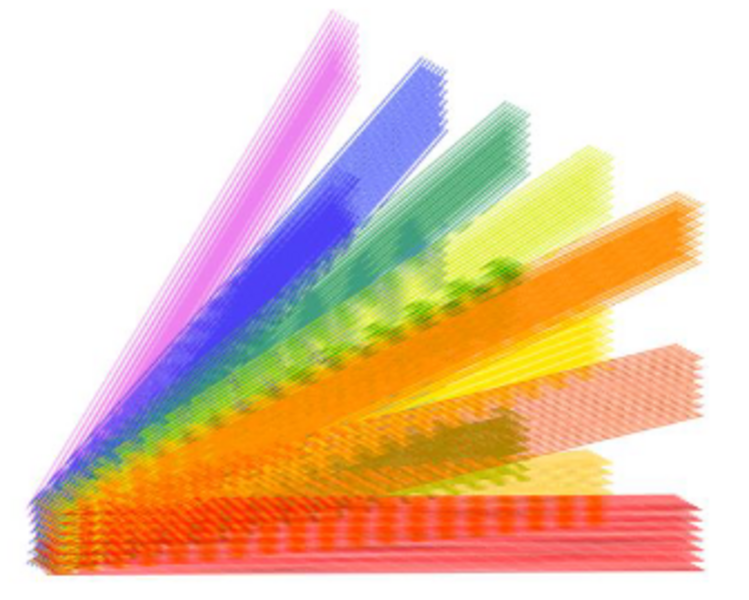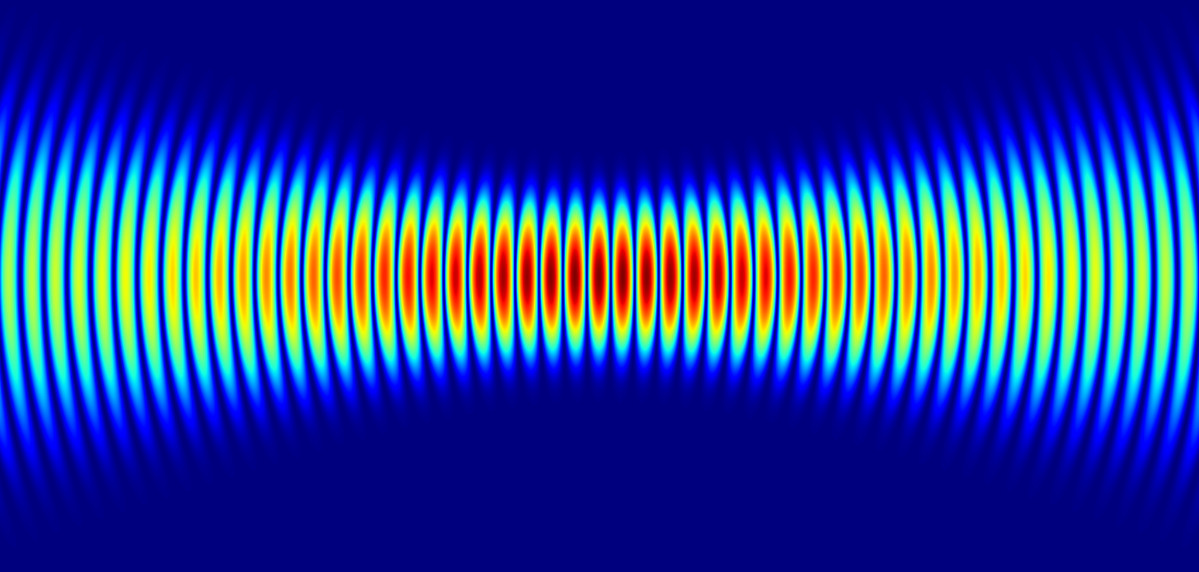Versatile Modeling of Light Sources
Optical simulation in VirtualLab Fusion utilizes electromagnetic fields to model light.This method allows the connection of simulation models that are appropriate for various scales. Moreover, it introduces an exciting versatility in the specification and application of source models.
Crafting Source Models Through Source Modes
The radiation emitted by any light source can be adequately described through a suitable ensemble of field modes. Each source mode can be independently traced through the system. For sources like many lasers that operate in a single mode, one mode is enough. Conversely, an LED can be modeled reasonably with multiple Lambertian modes that have lateral shifts. Incorporating the power spectrum of a light source involves sending source modes of varying wavelengths through the system.

Dive into the impact of partially coherent and partially polarized source radiation on system performance.

Explore Simulating with Light of Every Degree of Coherence and Polarization
Embracing the source mode concept, VirtualLab Fusion lets you dive into coherence effects from incoherent, partially coherent, and fully coherent source models. Furthermore, VirtualLab Fusion offers models for light sources, which can exhibit complete, partial, or no polarization.
All-encompassing source models within VirtualLab Fusion comprise laser, laser diode, VCSEL, and LED.
Simulating Ultrashort Optics Using VirtualLab Fusion
Beyond just stationary source models, VirtualLab Fusion presents an incredibly potent technique for propagating ultrashort pulses across any linear optical system, even those with a multiscale architecture. These simulations vividly demonstrate how pulses evolve both in space and time as they travel through a system.
